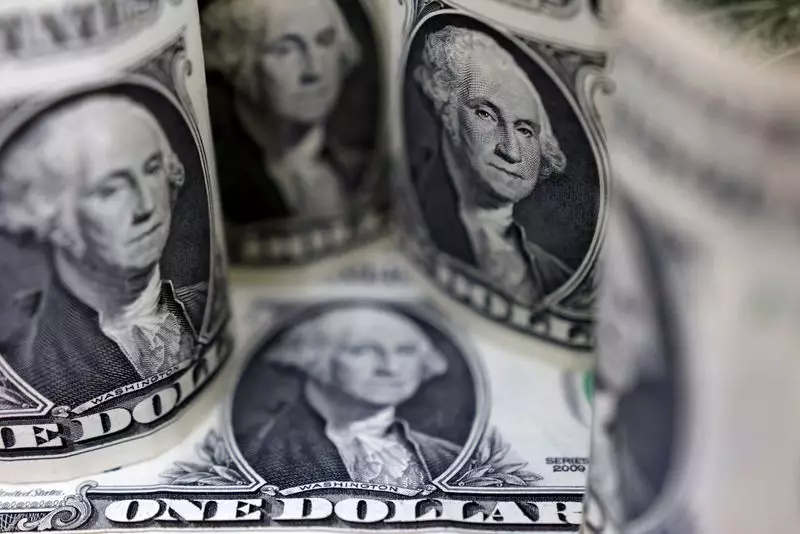In the realm of international finance, the US dollar has long enjoyed a position of unparalleled influence, serving as the primary reserve currency across the globe. This dominance manifests in its capacity to facilitate over 47% of global payments and its use in nearly 88% of all foreign trades. The intricacies of dollar hegemony are critical to understanding not only how financial markets operate but also how geopolitical developments can sway currency valuations.
Recent comments by President-elect Donald Trump regarding potential 100% tariffs on imports from BRICS nations—Brazil, Russia, India, China, and South Africa—have injected volatility into the currency markets. Trump’s rhetoric suggests a determined stance against any collaborative initiatives by these nations aimed at undermining the dollar’s standing in international trade. As his warnings unfold, currencies such as the Chinese yuan and Indian rupee have experienced modest declines, reflecting the market’s reaction to Trump’s assertive trade policies.
This elevation of the dollar, marked by a rise in the DXY index above 106 points, raises a crucial question: how sustainable is this surge? Analysts at UBS have sounded the alarm, declaring the dollar’s current valuation as potentially overstretched. The highlighted risk of a correction invites scrutiny into the future paths of both the dollar and its competitors in the currency market.
The BRICS nations’ efforts to pivot away from reliance on the US dollar signal an underlying tension within the global financial system. This trend, often referred to as de-dollarization, does present a challenge to the dollar’s supremacy, even if the immediate ramifications appear muted. Analysts recognize that while these countries can agitate for alternative currencies or trade mechanisms, the real impact on the dollar’s dominance is still considerably far off.
Despite the precarious position that the dollar may find itself in, its fundamental attributes as a liquid asset and safe haven continue to resonate strongly within financial markets. The dollar’s established networks and comprehensive integration within global trade frameworks reinforce its position as the preferred choice, thereby providing a buffer against competitive encroachment.
While the near-term outlook for the dollar seems bright, characterized by apparent strength and resilience, a prudent approach for investors is warranted. As UBS has suggested, leveraging periods of dollar strength to reassess dollar exposure may be prudent. Diversifying funds or exploring opportunities in emerging markets could provide a safeguard against the risks associated with a potentially overstretched dollar valuation.
While the US dollar retains its status as a financial titan, the landscape of global trade is undeniably shifting. The cautionary notes from analysts should be taken heed of, as understanding these dynamics not only equips investors with the tools necessary for strategic positioning but also fosters a broad perspective on the evolving interplay of currency, trade, and global geopolitics. The road ahead may be rife with uncertainty, but navigating it with foresight could yield substantial rewards.

